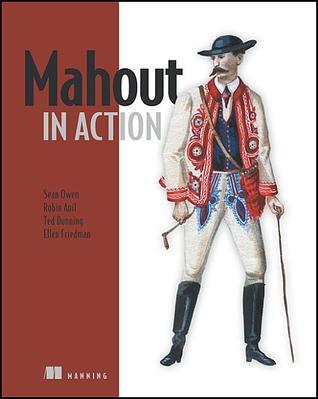What do you think?
Rate this book


When computers harness prior experience to improve future performance, a type of artificial intelligence called machine learning has been applied. The Apache Mahout project is focused on three types of machine learning that are of particular interest to modern web developers "recommendation systems, classification, and clustering.
Through real-world examples, Mahout in Action introduces the sorts of problems that these techniques are appropriate for, and then illustrates how Mahout can be applied to solve them. It places particular focus on issues of scalability, and how to apply these techniques at very large scale with the Apache Hadoop framework.
415 pages, Paperback
First published October 5, 2011